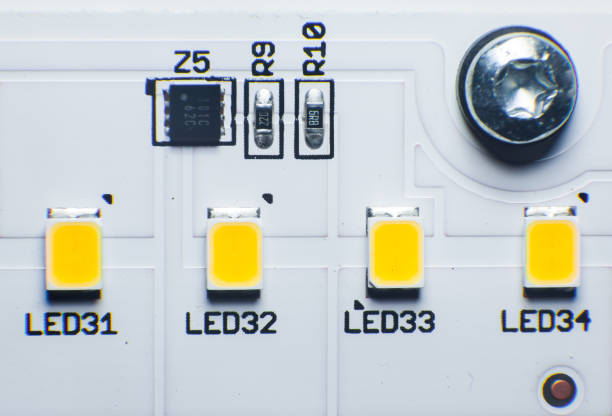LED technology has changed how people think about lighting. From homes and offices to signage and large architectural projects, LEDs provide better efficiency and longer life compared to older lighting systems. Behind this transformation stand two important players, the manufacturer and the distributor. Together, they keep the supply chain moving, ensuring that both businesses and end-users get the lighting solutions they need.
What Defines a Reliable LED Strip Manufacturer
A reliable LED strip manufacturer focuses on more than just producing lights. Quality control, safety standards, and testing are central to the process. Every strip must perform consistently, maintain brightness over time, and meet strict efficiency benchmarks. Manufacturers also design strips that adapt to different uses, whether it is accent lighting in a living room or functional lighting in a warehouse.
Another important factor is energy performance. With rising energy costs, efficiency is not optional. High-quality strips consume less electricity while delivering the same or greater illumination compared to traditional lighting. This reduces both operational expenses and environmental impact.
Applications extend across industries. In retail, strips highlight displays. In hospitality, they create an atmosphere. In offices, they provide uniform lighting. A strong production process ensures that these applications run smoothly and last longer, which is why choosing the right LED Strip manufacturer is critical.
The Growing Importance of an LED Module Distributor
While manufacturers create the technology, distributors make sure it reaches the right markets. An LED module distributor plays a central role in connecting innovation with real-world availability. Without distribution, even the best products would remain locked inside factories.
Distributors focus on accessibility and variety. Businesses often need different types of modules for signage, decorative projects, or outdoor displays. Having a distributor means these products can be sourced quickly and in the right quantity. For smaller businesses, distributors often provide manageable order sizes, while larger projects benefit from scalable supply options.
Distributors also act as a bridge between technology and demand. They help spread new solutions faster by making them available to multiple industries at the same time. This allows shops, architects, and contractors to use the latest products without delay.
Comparing Strips and Modules in Practical Use
LED strips and modules serve different purposes. Strips are flexible, easy to install, and well-suited for continuous lines of light. They are popular in interior design, retail displays, and residential applications. Their ability to fit into tight or hidden spaces makes them a favorite for architects and designers.
Modules, on the other hand, are designed for precision. They provide controlled lighting in signage, channel letters, and complex display systems. Modules are also durable and weather-resistant, making them useful for outdoor advertising or large installations.
The choice between strips and modules depends on the project. For example, a hotel may use strips to illuminate hallways and modules for its exterior signage. A retail store might combine both to achieve functional and promotional lighting effects. Understanding the difference helps businesses maximize results and efficiency.
Future Trends in LED Manufacturing and Distribution
LED technology continues to evolve. One clear direction is smart integration. Strips and modules are increasingly compatible with digital systems, allowing users to control brightness, color, and timing through mobile devices or automated platforms.
Sustainability is another trend. Manufacturers and distributors are under pressure to provide eco-friendly options that reduce energy waste and support long-term environmental goals. Recyclable materials and designs that minimize electronic waste are gaining more attention.
Global demand is also shifting. As more regions adopt stricter energy regulations, LED adoption is accelerating. Manufacturers and distributors are expanding their networks to meet this demand, ensuring that lighting solutions remain available on a large scale.
Conclusion
The combined work of manufacturers and distributors drives the LED industry forward. Manufacturers create the foundation with quality and innovation. Distributors make these solutions available across markets and industries. Together, they ensure that modern lighting is not only possible but also practical, efficient, and accessible.
For businesses, understanding both sides is essential. Working with the right partners ensures that projects benefit from reliable products and timely supply. As the industry continues to grow, the connection between production and distribution will remain the key to shaping the future of lighting.


